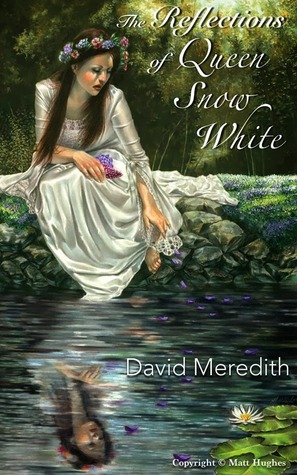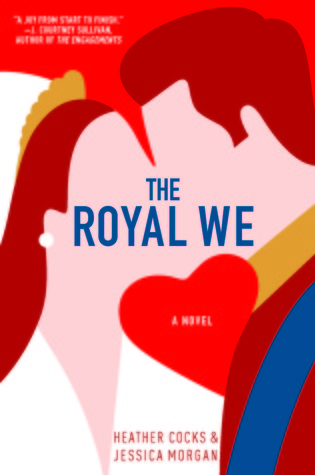
Rating: 3.5 Stars
Review:
I received this book as an ARC via NetGalley in exchange for an honest review.
I so, so badly want Atlantis to be a real place and I don't exactly know why. Maybe it is because of my love for history and I want to believe not only that information about these long-destroyed, ancient places can survive centuries and come down to us now, but perhaps it gives me hope that what we do today will survive the centuries and be known to our descendants.
Considering the approach the author used and the theories he puts forth, I appreciate his background in geology. He has a lot of knowledge that gives him credibility as he explains this catastrophic occurrence that wiped out a huge portion of Britain and Ireland's Ice Age inhabitants. I must say so, the word 'megadeluge' got to be annoying because it was used constantly. I mean, I get it, that's what the occurrence was, but reading it repeatedly just grated on a nerve.
I enjoyed the research and the theories here, but I feel like this could have been two different books. The information regarding a mega flood took up the first 44% of the book and there was zero mention of Atlantis to my recollection. It made me wonder for a while if I had actually selected the wrong book on NetGalley, or somehow a different file had been sent to my Kindle. There doesn't seem to be any doubt that this flood occurred, given the geological evidence, but combining two major events in history seems almost impossible.
There are many positives however, once Atlantis does make its appearance around the 44% mark. There are a myriad of maps included to give the reader an idea of the locations he was referring to. My only gripe about this was that it would have been helpful had the maps been included where they were discussed, instead of being a link to click back and forth between. It would be easier in a print book to keep flipping to an Appendix, but not so much with the Kindle version. If there is a print version, I would love to see a copy and look at the maps in color, that would be very helpful.
The author also makes his case by comparing his idea for Atlantis being on the Celtic Plain with that of Minoan Crete, a popular accepted area where Atlantis may have once stood. I think this is beneficial for the readers, so they can see side by side the way each place is supported by Atlantis 'facts', and where it does not.
The author then deals with what can be considered as known facts about Atlantis, taken from Plato's writings. The author creates a scoring guide, again comparing the how each fact fits with both Minoan Crete and the Celtic Plain. I liked the scoring guide because it breaks up the information about Atlantis and allows the reader to examine it basically one sentence at a time. This also makes it easier to see if one theory holds up better than the other, as opposed to devoting separate chapters to each, forcing the reader to flip back and forth to compare. My issue with this approach is that when the author is presenting the information for the reader to score and judge, he offers his opinion with statements like, "I believe this is unlikely". This does not allow the reader to make up his or her mind on their own, as one assumes the author to be some kind of authority, and would thus sway said opinion. I did not actually take the time to assess these theories with the offered scoring guide, as I do not feel I know enough about the topic. I was interested though to see how the author did so.
After the author presents the reader with the opportunity to rate each theory given the evidence, he then goes on in the ensuing chapters to rate the information himself. I feel like this would have been the place where the author should have included those previous statements just mentioned where he puts forth his opinion. I was kind of disappointed to see here that the author only offered additional statements in his own scoring section as related to his theory.
Overall, I found this text interesting and am glad I had the opportunity to read it. This is the first I have really read of a location put forth outside of the usual suspects and perhaps a fresh perspective is just what is needed to eventually solve this mystery once and for all.












